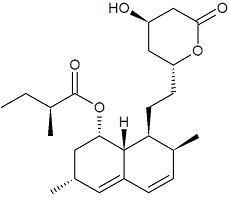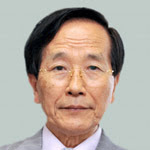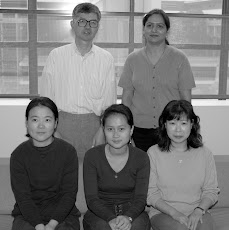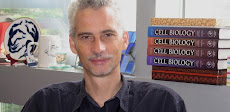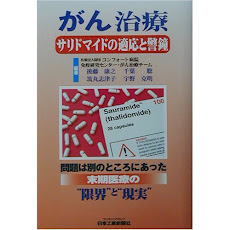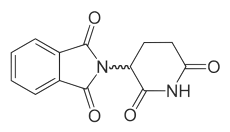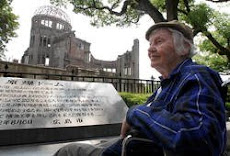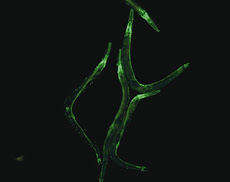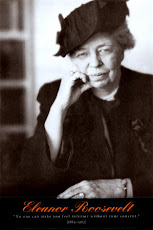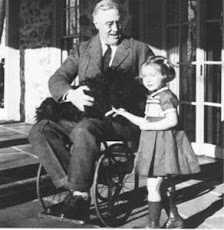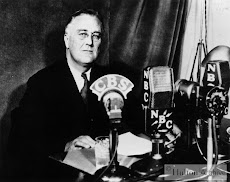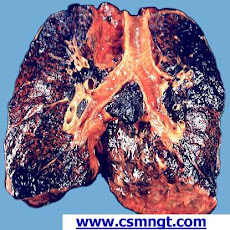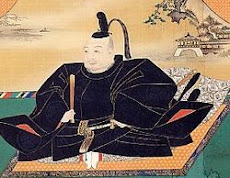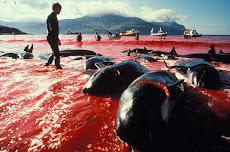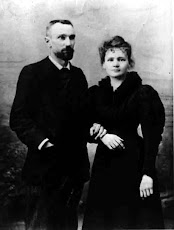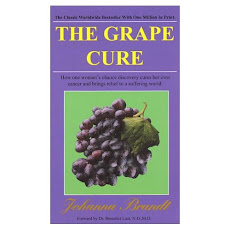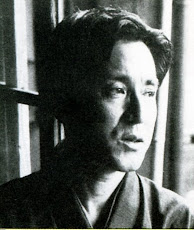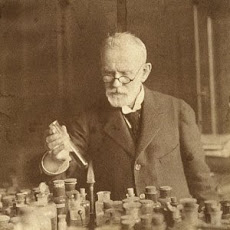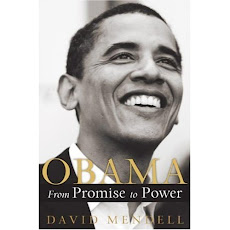As mentioned before, the majority of anti-PAK1 products such as CAPE and
curcumin are LKB1/AMPK activators. Thus, it is of great interest to find
any micro RNAs which control either LKB1 or AMPK, in addition to PAK1 per
se.
So far only one micro RNA has been identified by Sean Lawler's group
at OSU (Ohio State University) in 2010 (1) : it is called miRNA451.
This micro RNA is oncogenic and inactivates the tumor suppressive kinase LKB1
by down-regulating its activator "CAB39", a calcium-binding protein.
Since LKB1 directly inactivates PAK1 and activates AMPK, in theory
miRNA451 would activate PAK1, and inactivate AMPK.
So I wonder if anti-PAK1 products inactivate this micro RNA gene. So far nobody
has tested this notion directly. Interestingly, however, this miRNA is highly upregulated
in Schwannoma (2), an NF2 tumor in which PAK1 is abnormally activated,
due to the dysfunction of NF2 gene product (merlin) which is a direct inhibitor of PAK1.
Thus, it is almost certain that PAK1 up-regulates this miRNA.
Furthermore, high glucose level in glioma cells activates this gene, promoting their proliferation, whereas the low glucose level inactivates this gene blocking their growth. Thus, the promoter of this micro RNA gene somehow serves as a cellular glucose sensor.
So I trust that anti-PAK1 products (=AMPK activators) along with either CR (calorie restriction)/fast or vigorous exercise such as marathon would certainly inactivate this gene, leading to the cure of PAK1-dependent cancers/NF, the longevity and good health...
References:
1. Godlewski, J. et al (OSU). MicroRNA-451 Regulates LKB1/AMPK Signaling
and Allows Adaptation to Metabolic Stress in Glioma Cells. Mol. Cell, 2010,
37, 620-32.
2. Saydam, O. et al (MGH). miRNA-7 attenuation in schwannoma tumors stimulates
growth by upregulating three oncogenic signaling pathways. Cancer Res.
2010, in press.
2010年12月19日日曜日
2010年12月18日土曜日
Tumor-Suppressive micro RNAs versus Oncogenic kinase PAK1
During 2008-2010, a few interesting papers emerged, in which microRNAs are
shown to control genes encoding the oncogenic (Ser/Thr-) kinase PAK1 and
a few other oncogenic (Tyr-) kinases such as ACK, ErbB1 and ErbB2. Among
them, in a therapeutic point of view, microRNA7 /miRNA7 appears to be potentially
the most interesting.
According to Rakesh Kumar's group now at George Washinton University and Xandra
Breakefield's group at MGH as well as a few other groups (1-3), miRNA7 inactivates
at least four oncogenic genes encoding PAK1, ACK, ErbB1 (EGF receptor)
and ErbB2, and suppresses the PAK1-dependent growth of breast cancer, glimoma
and schwannoma (NF2 tumor). A decade ago, we have shown that these
four oncogenic kinases are essential for the growth of RAS cancers (such
as pancreatic and colon cancers) as well as NF tumors. In principle, either
anti-PAK1 drugs or miRNA7 would be useful for systemic treatment or (so-called)
gene therapy of these PAK1-dependent tumors. However, expression of microRNAs
in all cancer cells in each patient would be almost impossible at the present
stage of "gene therapy" technology. Thus, in reality, even microRNA therapy
has to depend on either chemical compounds or natural products which activate
miRNA7 gene for human cancer therapy.
So far propolis extracts, which are rich in either CAPE (caffeic acid phenethyl
ester) or ARC (artepillin C), have been the most promising clinically as
the systemic therapeutics of the PAK1-dependent cancers and NF (neurofibromatosis)
tumors. Among these propolis products, Bio 30 (an NZ propolis) and Brazilian
green propolis (P-300) are world-widely used without any adverse effect.
Interestingly both propolis extracts block the oncogenic kinase PAK1 selectively.
Back to miRNA7, I wonder what could activate this gene. According to Rakesh
Kumar's paper (1), a homeobox protein called HoxD10 is essential for the
full expression of miRNA7. However, HoxD10 is not a cell-permeable small peptide,
and you cannot treat cancer with this protein. Instead, we have to find a chemical
compound or natural product which is able to activate this gene effectively for
cancer therapy.
Well, Lilly Bourguignon's group at UCSF found a clue (4). Hyauronic acid
(HA)-CD44 interaction plays a critical role in the growth of many tumors
including breast cancer and schwannoma. In fact dysfunction of the NF2 gene
product (merlin=PAK1 inhibitor) is known to promote the HA-CD44 interaction.
In both breast cancer and schwannoma, PAK1 is abnormally activated, and
anti-PAK1 drugs such as PP1/PP2, which inactivates SRC family kinases, are
able to suppress the growth of these tumors at least in part. Her group
found that the HA-CD44 interaction activates another micro RNA called miRNA10b,
which is oncogenic, instead of anti-oncogenic, through SRC family kinases.
Interestingly, when this oncogenic HA-CD44-SRC signaling pathway is block
by PP2, HoxD10 gene is activated, while miRNA10b is inactivated. In other
words, PP1/PP2 could be among the HoxD10 gene activators that we are looking
for, and eventually activate the anti-oncogenic miRNA7.
However, in our own previous study, PP1/PP2 alone is not sufficient for
inactivating PAK1 and suppressing the growth of these cancers completely.
We need another Tyr-kinase inhibitor called AG 879 or GL-2003, which blocks
the ETK-PAK1 interaction essential for the full PAK1 activation, along with
PP1/PP2. Thus, I got a feeling that the combination of PP1/PP2 and AG 879/GL-
2003, or propolis extracts such as Bio 30 and P300 could activate fully
miRNA7 gene through HoxD10.
In the future, we might need a new transgenic gene called miRNA7-GFP which
is expressed in a tiny transparent nematode called C. elegans. This gene
is a fusion of miRNA-7 promoter and GFP cDNA. When this promoter is activated,
GFP is expressed and the whole worm glow brightly. So if anti-PAK1 prodcuts
such as CAPE and ARC activate miRNA7, the worm would glow. In our previous
work, we used the CL2070 worm which carries Hsp16.2-GFP fusion gene in which
the promoter of Hsp16.2 gene is linked to GFP cDNA. When this worm is pretreated
with either CAPE or ARC overnight, this worm glows rapidly, shortly after
heat shock, proving that Hsp16.2 gene is inactivated by PAK1. If miRNA7
gene is also inactivated by PAK1, the miRNA7-GFP worm should glow with these
anti-PAK1 products...
Such a GFP worm system would offer a very inexpensive and raid in vivo screening
for anti-cancer drugs such as anti-PAK1 products (=AMPK activators) which
eventually extend the life span by activating the tumor suppressing transcription
factor " FOXO" (like "elixirs") as well.
Interestingly, Razelle Kurzrock's group at MD Anderson CC (5) reported in
2008 that at least miRNA22 gene is activated by curcumin, which like CAPE
and ARC inactivates PAK1, in (PAK1-dependent) human pancreatic cancer cells
(5). Over-expression of miRNA22 suppresses the growth of human cancer cell lines (6).
Thus, it would be worth testing if miRNA7 is also activated by these anti-PAK1 products...
References:
1. Reddy, S. et al (MD Anderson CC). MicroRNA-7, a homeobox D10 target, inhibits
PAK1 and regulates its functions. Cancer Res. 2008: 68, 8195-200.
2. Kefas, B. et al (Univ. of Virginia). microRNA-7 Inhibits the EGF Receptor etc
and Is Down-regulated in Glioblastoma. Cancer Res. 2008, 68, 3566-72.
3. Saydam, O. et al (MGH). miRNA-7 attenuation in schwannoma tumors stimulates
growth by upregulating three oncogenic signaling pathways. Cancer Res.
2010, in press.
4. Bourguignon, L. et al (UCSF). HA-CD44 interaction promotes c-Src-mediated
twist signaling, microRNA-10b expression, etc. J Biol Chem. 2010: 285, 36721-35.
5. Sun, M, et al (MD Anderson CC). Curcumin (diferuloylmethane) alters the
expression profiles of microRNAs in human pancreatic cancer cells.
Mol Cancer Ther. 2008, 7:464-73.
6. Xiong, J. et al (Beijing Univ.). Tumor-suppressive microRNA-22 inhibits the
transcription of E-box-containing c-Myc target genes by silencing c-Myc
binding protein. Oncogene 2010, 29, 4980-8.
shown to control genes encoding the oncogenic (Ser/Thr-) kinase PAK1 and
a few other oncogenic (Tyr-) kinases such as ACK, ErbB1 and ErbB2. Among
them, in a therapeutic point of view, microRNA7 /miRNA7 appears to be potentially
the most interesting.
According to Rakesh Kumar's group now at George Washinton University and Xandra
Breakefield's group at MGH as well as a few other groups (1-3), miRNA7 inactivates
at least four oncogenic genes encoding PAK1, ACK, ErbB1 (EGF receptor)
and ErbB2, and suppresses the PAK1-dependent growth of breast cancer, glimoma
and schwannoma (NF2 tumor). A decade ago, we have shown that these
four oncogenic kinases are essential for the growth of RAS cancers (such
as pancreatic and colon cancers) as well as NF tumors. In principle, either
anti-PAK1 drugs or miRNA7 would be useful for systemic treatment or (so-called)
gene therapy of these PAK1-dependent tumors. However, expression of microRNAs
in all cancer cells in each patient would be almost impossible at the present
stage of "gene therapy" technology. Thus, in reality, even microRNA therapy
has to depend on either chemical compounds or natural products which activate
miRNA7 gene for human cancer therapy.
So far propolis extracts, which are rich in either CAPE (caffeic acid phenethyl
ester) or ARC (artepillin C), have been the most promising clinically as
the systemic therapeutics of the PAK1-dependent cancers and NF (neurofibromatosis)
tumors. Among these propolis products, Bio 30 (an NZ propolis) and Brazilian
green propolis (P-300) are world-widely used without any adverse effect.
Interestingly both propolis extracts block the oncogenic kinase PAK1 selectively.
Back to miRNA7, I wonder what could activate this gene. According to Rakesh
Kumar's paper (1), a homeobox protein called HoxD10 is essential for the
full expression of miRNA7. However, HoxD10 is not a cell-permeable small peptide,
and you cannot treat cancer with this protein. Instead, we have to find a chemical
compound or natural product which is able to activate this gene effectively for
cancer therapy.
Well, Lilly Bourguignon's group at UCSF found a clue (4). Hyauronic acid
(HA)-CD44 interaction plays a critical role in the growth of many tumors
including breast cancer and schwannoma. In fact dysfunction of the NF2 gene
product (merlin=PAK1 inhibitor) is known to promote the HA-CD44 interaction.
In both breast cancer and schwannoma, PAK1 is abnormally activated, and
anti-PAK1 drugs such as PP1/PP2, which inactivates SRC family kinases, are
able to suppress the growth of these tumors at least in part. Her group
found that the HA-CD44 interaction activates another micro RNA called miRNA10b,
which is oncogenic, instead of anti-oncogenic, through SRC family kinases.
Interestingly, when this oncogenic HA-CD44-SRC signaling pathway is block
by PP2, HoxD10 gene is activated, while miRNA10b is inactivated. In other
words, PP1/PP2 could be among the HoxD10 gene activators that we are looking
for, and eventually activate the anti-oncogenic miRNA7.
However, in our own previous study, PP1/PP2 alone is not sufficient for
inactivating PAK1 and suppressing the growth of these cancers completely.
We need another Tyr-kinase inhibitor called AG 879 or GL-2003, which blocks
the ETK-PAK1 interaction essential for the full PAK1 activation, along with
PP1/PP2. Thus, I got a feeling that the combination of PP1/PP2 and AG 879/GL-
2003, or propolis extracts such as Bio 30 and P300 could activate fully
miRNA7 gene through HoxD10.
In the future, we might need a new transgenic gene called miRNA7-GFP which
is expressed in a tiny transparent nematode called C. elegans. This gene
is a fusion of miRNA-7 promoter and GFP cDNA. When this promoter is activated,
GFP is expressed and the whole worm glow brightly. So if anti-PAK1 prodcuts
such as CAPE and ARC activate miRNA7, the worm would glow. In our previous
work, we used the CL2070 worm which carries Hsp16.2-GFP fusion gene in which
the promoter of Hsp16.2 gene is linked to GFP cDNA. When this worm is pretreated
with either CAPE or ARC overnight, this worm glows rapidly, shortly after
heat shock, proving that Hsp16.2 gene is inactivated by PAK1. If miRNA7
gene is also inactivated by PAK1, the miRNA7-GFP worm should glow with these
anti-PAK1 products...
Such a GFP worm system would offer a very inexpensive and raid in vivo screening
for anti-cancer drugs such as anti-PAK1 products (=AMPK activators) which
eventually extend the life span by activating the tumor suppressing transcription
factor " FOXO" (like "elixirs") as well.
Interestingly, Razelle Kurzrock's group at MD Anderson CC (5) reported in
2008 that at least miRNA22 gene is activated by curcumin, which like CAPE
and ARC inactivates PAK1, in (PAK1-dependent) human pancreatic cancer cells
(5). Over-expression of miRNA22 suppresses the growth of human cancer cell lines (6).
Thus, it would be worth testing if miRNA7 is also activated by these anti-PAK1 products...
References:
1. Reddy, S. et al (MD Anderson CC). MicroRNA-7, a homeobox D10 target, inhibits
PAK1 and regulates its functions. Cancer Res. 2008: 68, 8195-200.
2. Kefas, B. et al (Univ. of Virginia). microRNA-7 Inhibits the EGF Receptor etc
and Is Down-regulated in Glioblastoma. Cancer Res. 2008, 68, 3566-72.
3. Saydam, O. et al (MGH). miRNA-7 attenuation in schwannoma tumors stimulates
growth by upregulating three oncogenic signaling pathways. Cancer Res.
2010, in press.
4. Bourguignon, L. et al (UCSF). HA-CD44 interaction promotes c-Src-mediated
twist signaling, microRNA-10b expression, etc. J Biol Chem. 2010: 285, 36721-35.
5. Sun, M, et al (MD Anderson CC). Curcumin (diferuloylmethane) alters the
expression profiles of microRNAs in human pancreatic cancer cells.
Mol Cancer Ther. 2008, 7:464-73.
6. Xiong, J. et al (Beijing Univ.). Tumor-suppressive microRNA-22 inhibits the
transcription of E-box-containing c-Myc target genes by silencing c-Myc
binding protein. Oncogene 2010, 29, 4980-8.
2010年12月4日土曜日
The right of a citizen to protect our power-lines
from "harming" tall trees
More than one year ago, in an early October 2009, I moved to 14 Curtin Avenue,
Brunswick West, outskirts of Melbourne. This area is governed by Moreland
City Council. Shortly after I moved there, I noticed a tall ugly tree in
front of my property, which was over-grown passing our power-lines. Whenever
a strong wind blows, the top of this tree keeps brushing our power-lines.
I foresaw that this tree will harm our power lines in any moment, just like
a "time bomb". So I wrote the city council, asking for trimming this tree
as soon as possible. They wrote back, saying that they shall handle the
matter in due time...
However, even more than one year passed, nobody bothered coming from the
council to trim this "harming" tree. Finally around November 10, this year,
I cut off the top-half of this tree by my own hands (ax), assuming that
the city council does not care the matter. However, the bottom half of this
tree (around 2 meter long) still remained to re-grow in due time. I put
a note on the remaining stem, that "no longer welcome the high-trees which
harm our power lines". In my opinion, such a tall tree should not have grown
(been planted) under our power lines for the first place, but if done, the
city council should take care of (trim) this tree, so that it would not harm
our power-lines.
I was told that this tree belongs to the city council, and if I cut or trim
this by my hands, I shall be fine ($200-600). Well, as long as the city
council takes care of it, I wouldn't dare to trim or cut this tree. However,
if the council kept ignoring our request or warning, we shall use our own
hands to solve the matter. It took a few hours for me to cut it half by
small ax and hand saw. Since I don't have a tall (4 ml long) ladder reaching
the top of this tree, I have to cut this tree in the middle where my ladder
reaches. I thought my action is well justified, and the council wouldn't
dare to fine me. However, right the next day, an officer from the council
rushed to take a photo of the remaining bottom of this tree, and told me
that I shall be fined in due time. I got a feeling that the council deliberately
ignored my request, in order to grab this fine as their revenue, without
any action (taking their own responsibility). On December 3, I received
a bill from the council, saying that I should pay $250 for damaging this
tree (the city's property) in two months.
Why didn't the city take care of their own property? There is a lawn area
in front of each house. This lawn also belongs to the city. However, nobody
from the council comes to mow the lawn, and the each household has to mow
the lawn in front of his or her property. If you have no mowing machine,
you have to ask an expert to mow each lawn and pay around $15 each time!
The council would never cover this cost! In other words, both trees and
lawn areas in front of each house are so-called "gray" zones, which belong
to the city, but the city would never take care of.
I have never heard of any incident that the council would fine anybody who
cut the lawn grasses which belong to the city. Then why not the trees?
Is there any difference between trees and lawn grasses? I never understand
the logic of this council. In the past I used to live in North Melbourne,
very close to the center of Melbourne, for almost two decades. The Melbourne
City Council trims all trees along the street in front of our old Victorian
house. So we have never dared to cut the "huge" beautiful beech tree in
front of our house. I wish Mereland City Council would learn something (a
"civilized" manner) from the Melbourne counterpart.
In two months after the top half of this tree was cut off, a few branches
began to grow from the bottom half, clearly proving that this three is indeed
fully alive, and can re-grow in a more "controllable" (non-cancerous) manner.
In other words, this tree was not "damaged", but simply "trimmed".
Brunswick West, outskirts of Melbourne. This area is governed by Moreland
City Council. Shortly after I moved there, I noticed a tall ugly tree in
front of my property, which was over-grown passing our power-lines. Whenever
a strong wind blows, the top of this tree keeps brushing our power-lines.
I foresaw that this tree will harm our power lines in any moment, just like
a "time bomb". So I wrote the city council, asking for trimming this tree
as soon as possible. They wrote back, saying that they shall handle the
matter in due time...
However, even more than one year passed, nobody bothered coming from the
council to trim this "harming" tree. Finally around November 10, this year,
I cut off the top-half of this tree by my own hands (ax), assuming that
the city council does not care the matter. However, the bottom half of this
tree (around 2 meter long) still remained to re-grow in due time. I put
a note on the remaining stem, that "no longer welcome the high-trees which
harm our power lines". In my opinion, such a tall tree should not have grown
(been planted) under our power lines for the first place, but if done, the
city council should take care of (trim) this tree, so that it would not harm
our power-lines.
I was told that this tree belongs to the city council, and if I cut or trim
this by my hands, I shall be fine ($200-600). Well, as long as the city
council takes care of it, I wouldn't dare to trim or cut this tree. However,
if the council kept ignoring our request or warning, we shall use our own
hands to solve the matter. It took a few hours for me to cut it half by
small ax and hand saw. Since I don't have a tall (4 ml long) ladder reaching
the top of this tree, I have to cut this tree in the middle where my ladder
reaches. I thought my action is well justified, and the council wouldn't
dare to fine me. However, right the next day, an officer from the council
rushed to take a photo of the remaining bottom of this tree, and told me
that I shall be fined in due time. I got a feeling that the council deliberately
ignored my request, in order to grab this fine as their revenue, without
any action (taking their own responsibility). On December 3, I received
a bill from the council, saying that I should pay $250 for damaging this
tree (the city's property) in two months.
Why didn't the city take care of their own property? There is a lawn area
in front of each house. This lawn also belongs to the city. However, nobody
from the council comes to mow the lawn, and the each household has to mow
the lawn in front of his or her property. If you have no mowing machine,
you have to ask an expert to mow each lawn and pay around $15 each time!
The council would never cover this cost! In other words, both trees and
lawn areas in front of each house are so-called "gray" zones, which belong
to the city, but the city would never take care of.
I have never heard of any incident that the council would fine anybody who
cut the lawn grasses which belong to the city. Then why not the trees?
Is there any difference between trees and lawn grasses? I never understand
the logic of this council. In the past I used to live in North Melbourne,
very close to the center of Melbourne, for almost two decades. The Melbourne
City Council trims all trees along the street in front of our old Victorian
house. So we have never dared to cut the "huge" beautiful beech tree in
front of our house. I wish Mereland City Council would learn something (a
"civilized" manner) from the Melbourne counterpart.
In two months after the top half of this tree was cut off, a few branches
began to grow from the bottom half, clearly proving that this three is indeed
fully alive, and can re-grow in a more "controllable" (non-cancerous) manner.
In other words, this tree was not "damaged", but simply "trimmed".
登録:
投稿 (Atom)








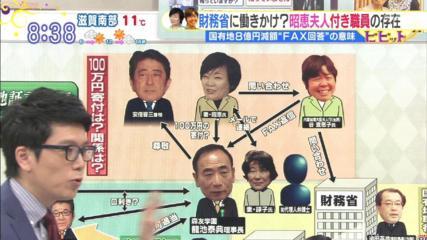



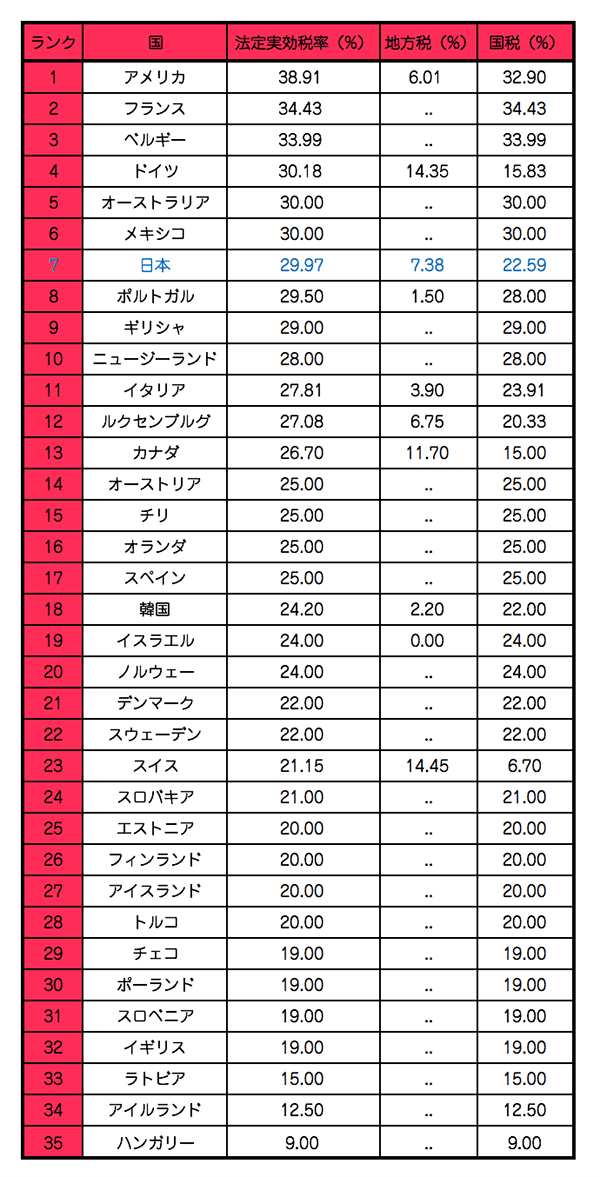
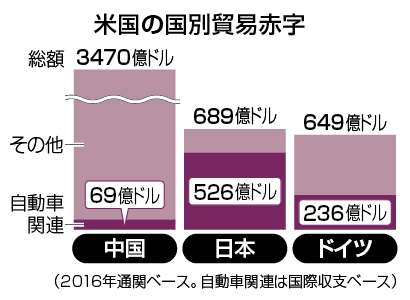
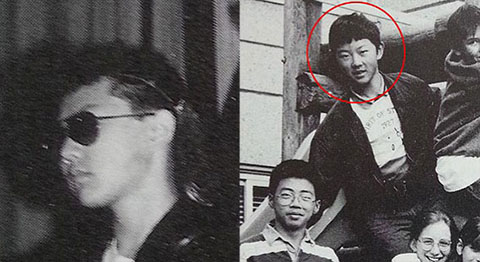



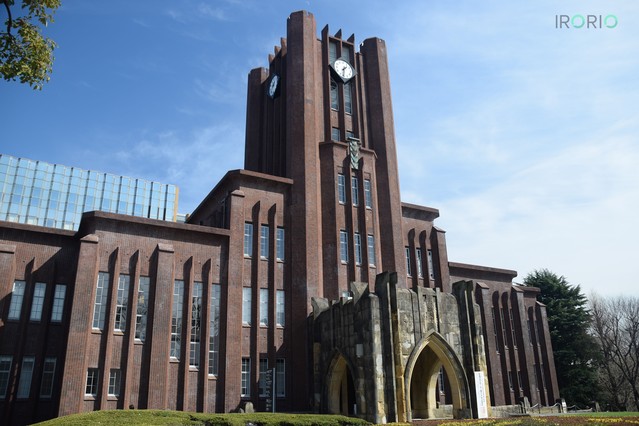



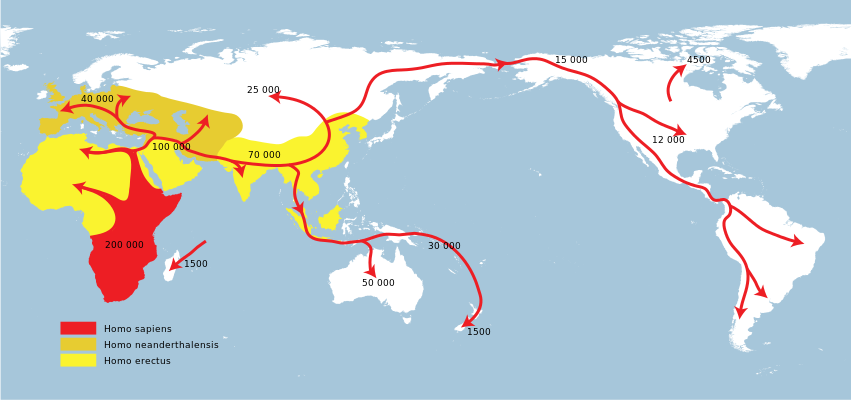
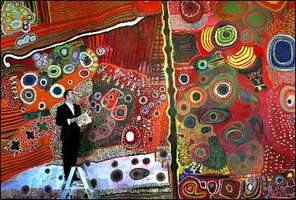
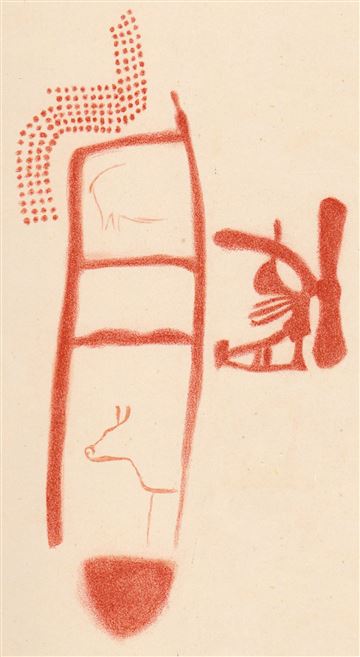
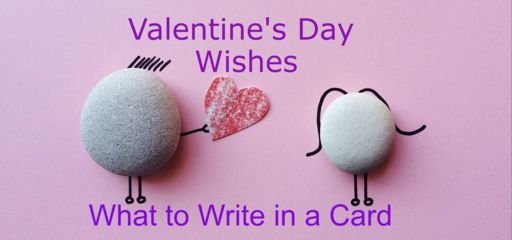
























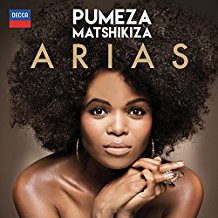
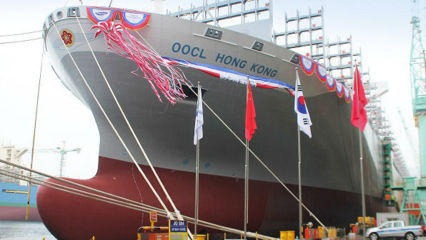





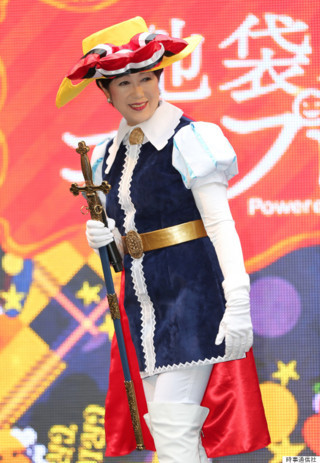





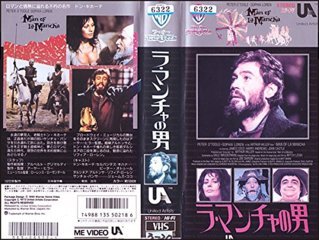



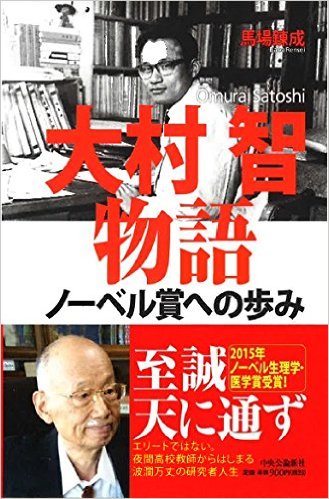
![リオ五輪男子体操団体:日本(金)、ロシア[銀]、中国[銅]。](http://3.bp.blogspot.com/-7q_XszKg7vA/V6mI-t59rVI/AAAAAAAACcw/MiEfTgaGZh8NHgyKBhAXLbjlZhMp_HFFACK4B/s1600/2016%2Btaiso%2Bgold.jpg)
![皇太子(明仁)による沖縄訪問 [1975年]](http://1.bp.blogspot.com/-L0qAmO3QeV0/V6hONyWrSAI/AAAAAAAACcg/QEn-QeyPHO8t2fcKWuBQrJnDmtXY15nSgCK4B/s1600/akihito%2Bmessage.jpg)






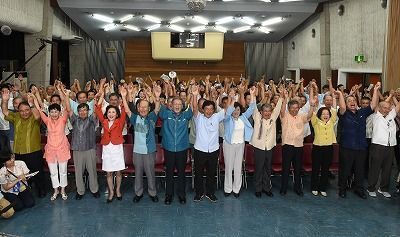




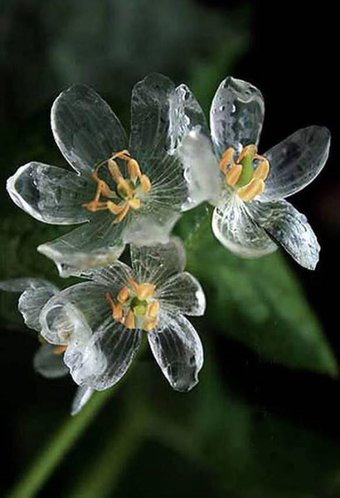
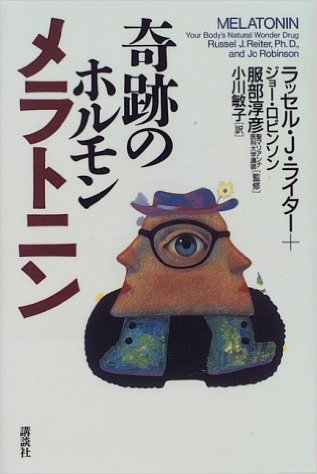




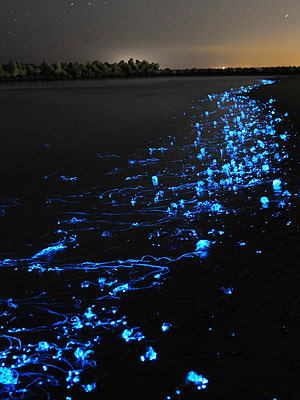

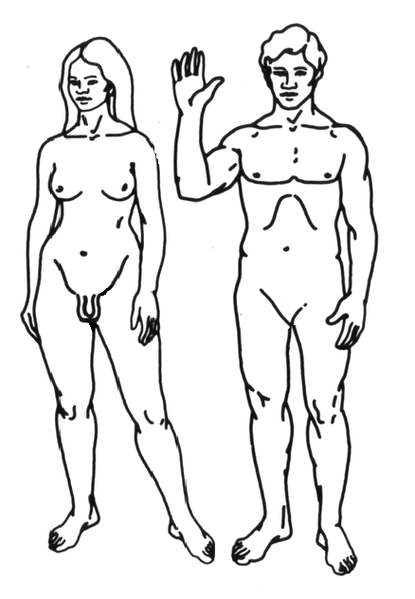


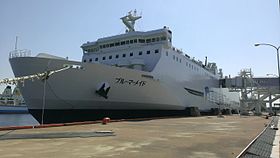

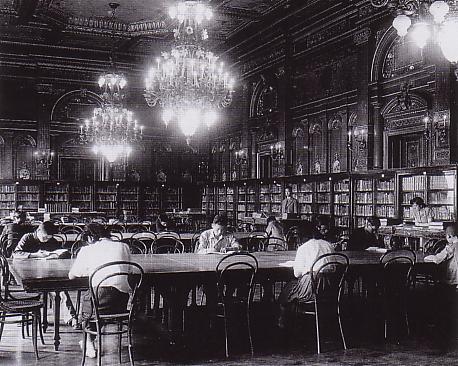
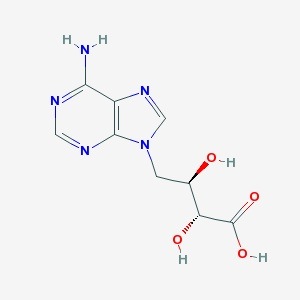







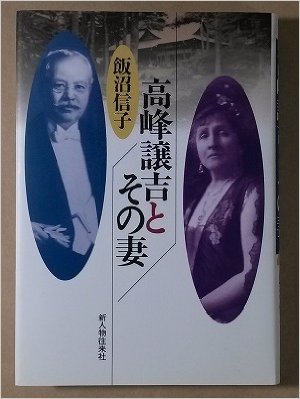

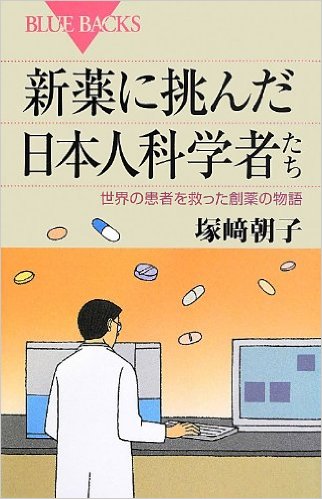
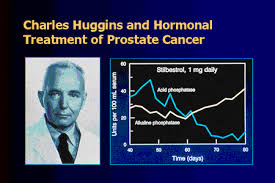















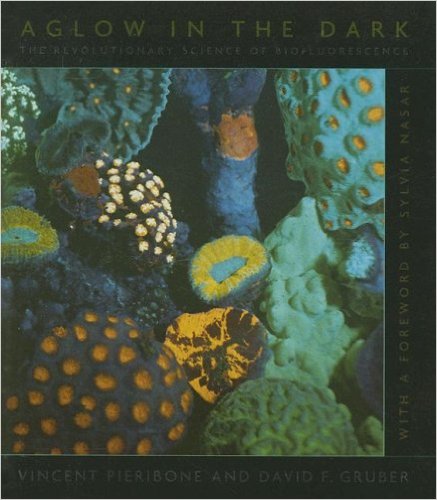


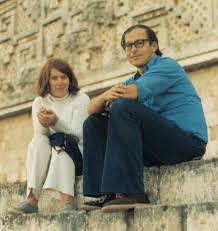
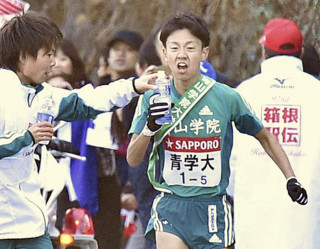


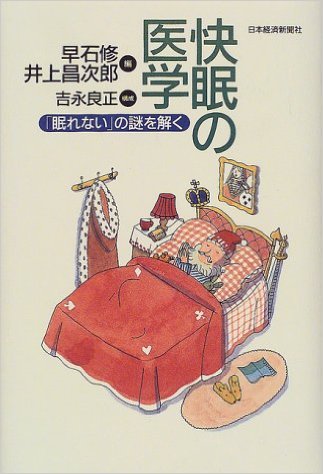



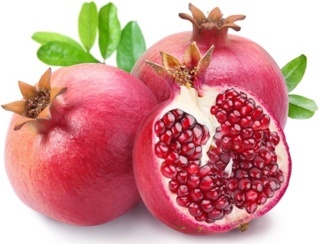










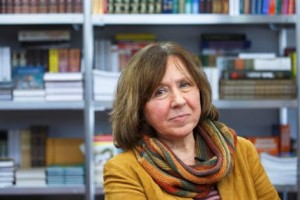



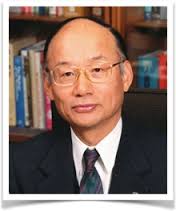


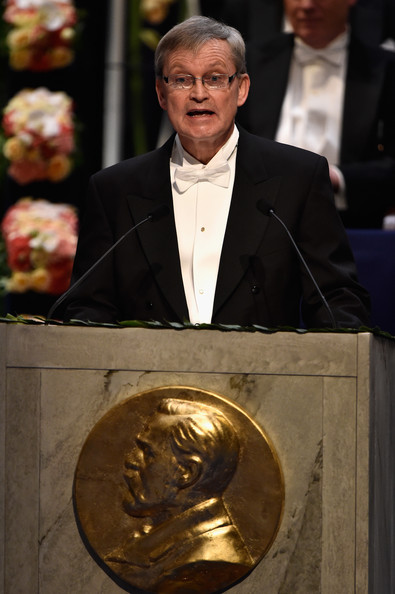


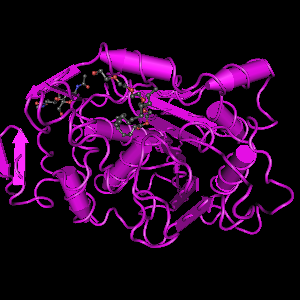


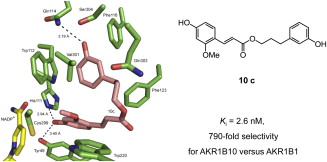

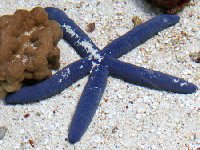










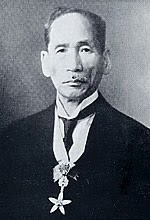


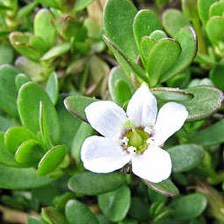


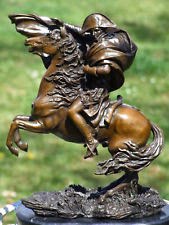







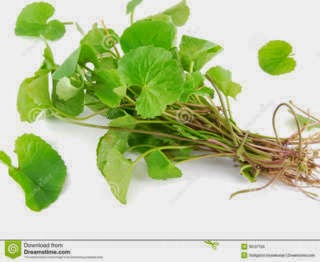
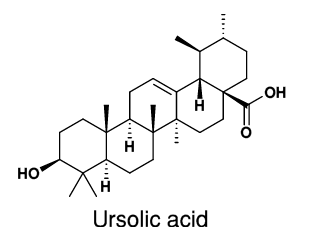


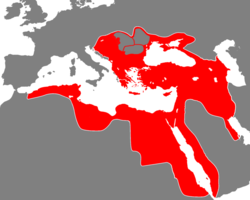



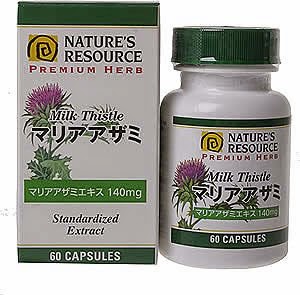







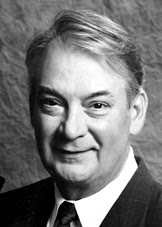


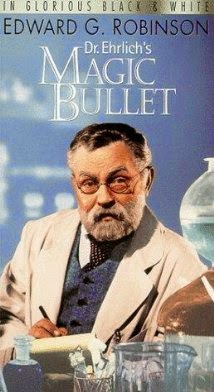


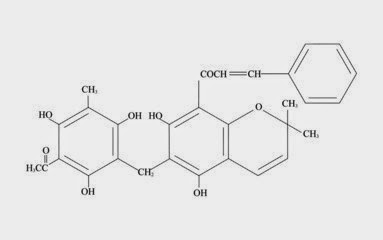




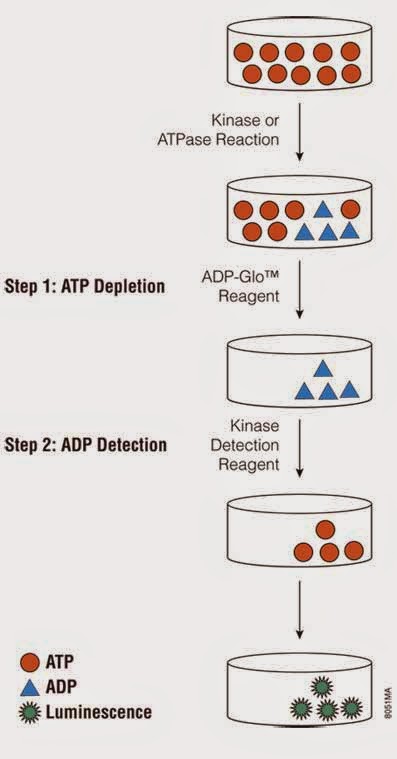







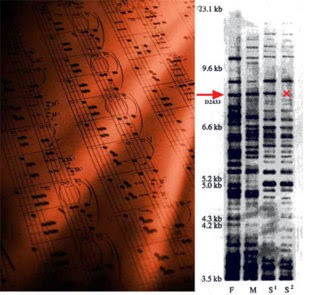



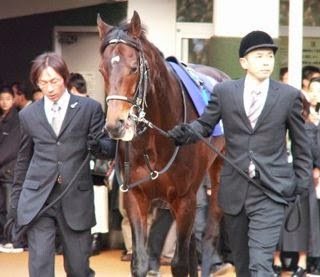
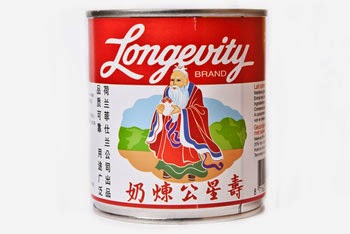






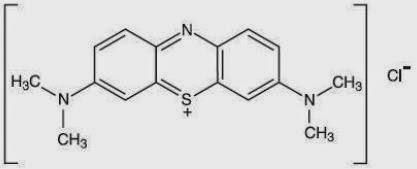
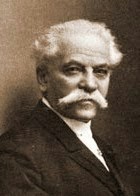
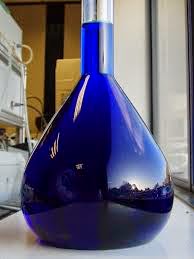
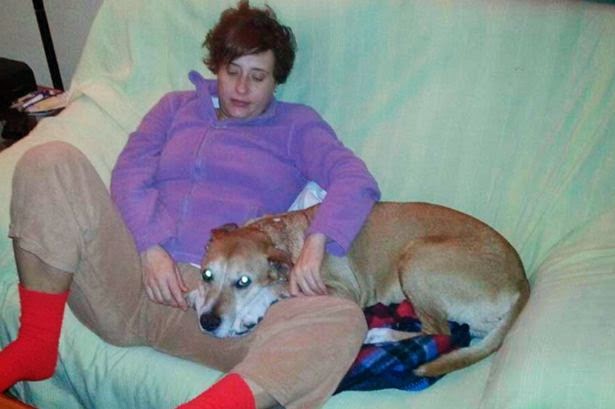




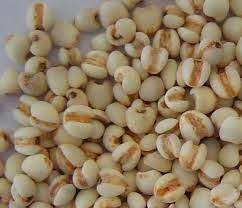

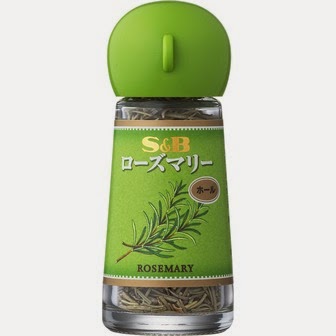
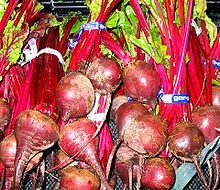

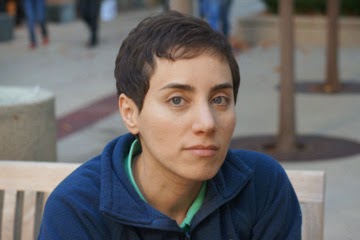


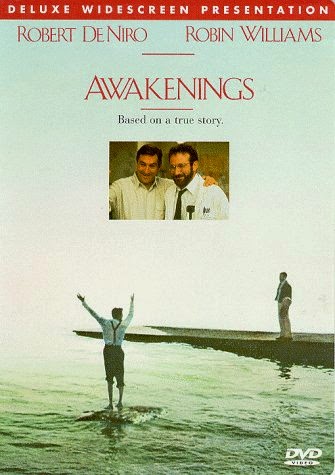


![アルニカ [ウサギ菊]](http://1.bp.blogspot.com/--200bJcgtXQ/U8tHkUxWGLI/AAAAAAAABRs/dvhBOaIpQhY/s1600/ArnicaS.jpg)




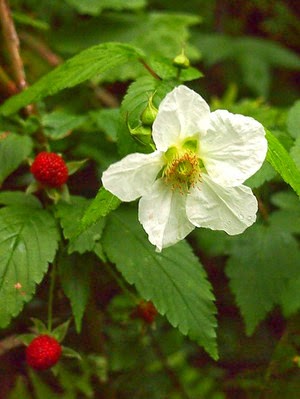


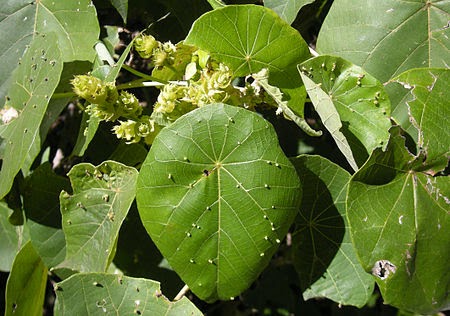




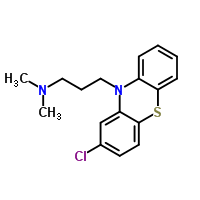


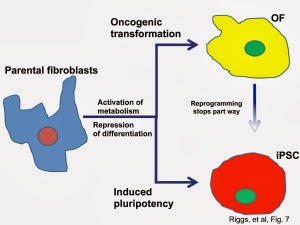


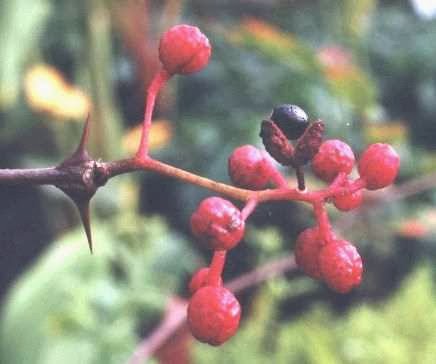
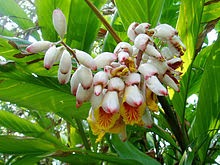


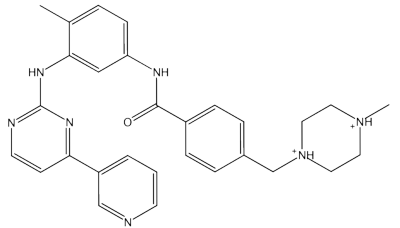

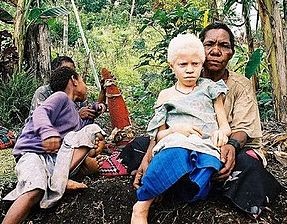

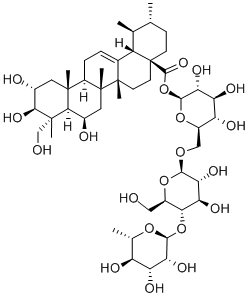


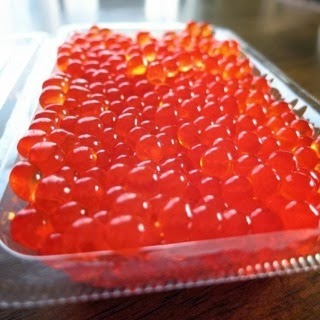



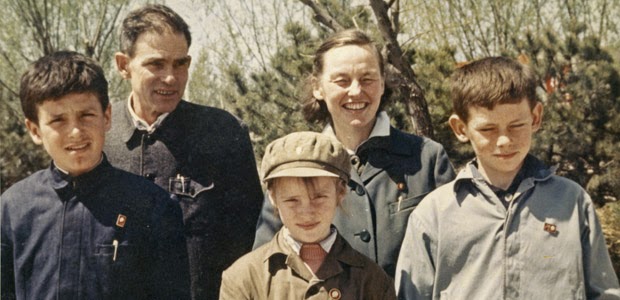






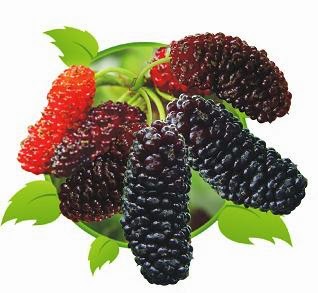








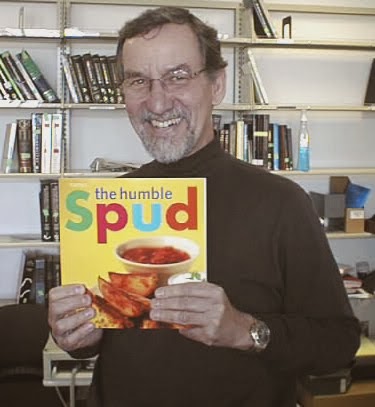
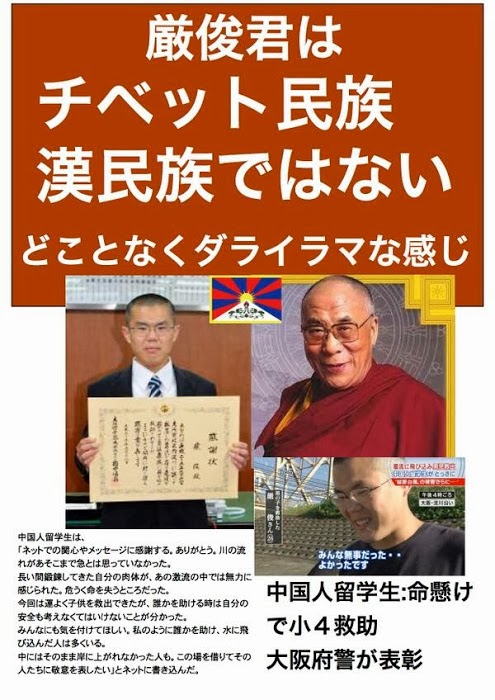





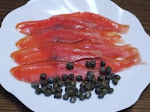



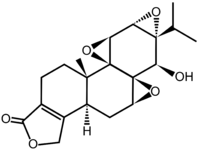










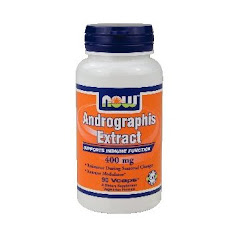





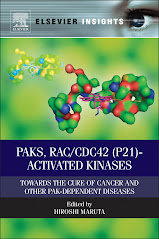





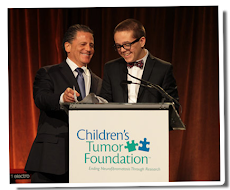
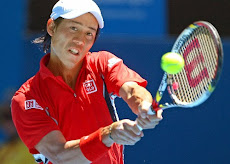



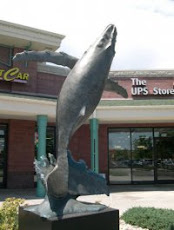










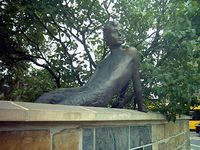




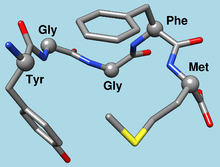



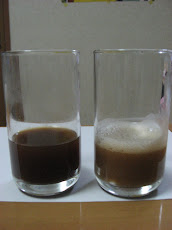
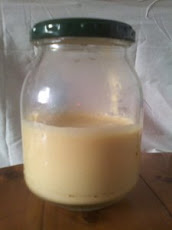
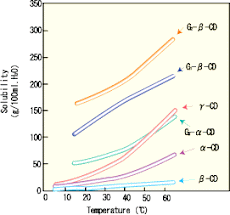


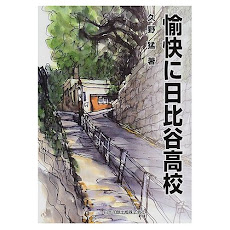






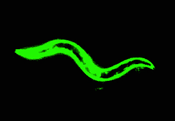
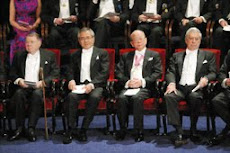




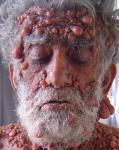
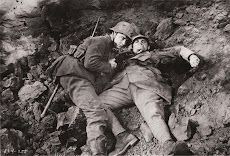


.jpg)














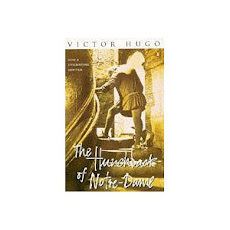
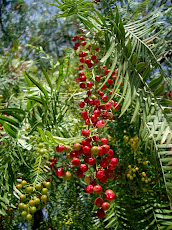




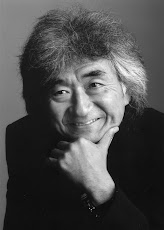


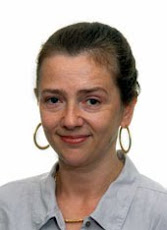

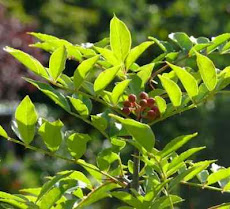
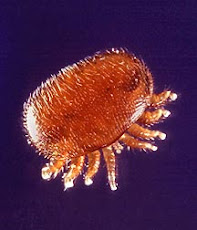
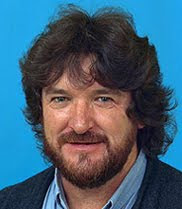



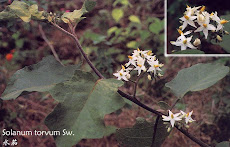





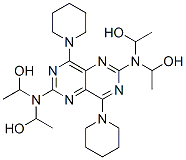

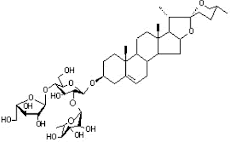
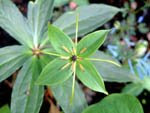







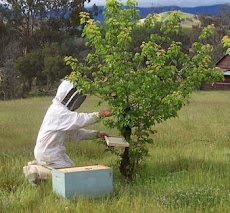






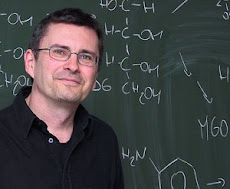


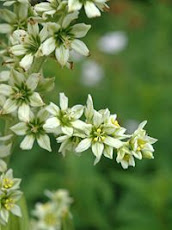

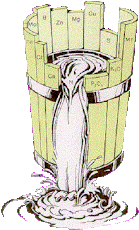



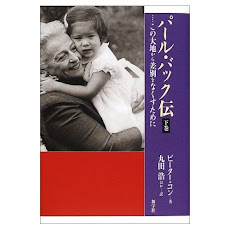





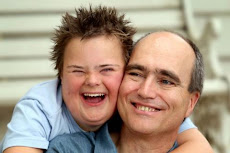
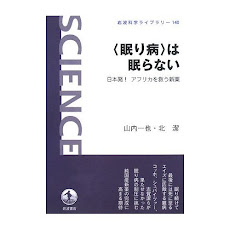












.jpg)
